Plotto: The Master Book of All Plots
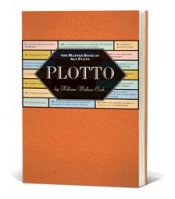
In his classic, originally published in 1928, William Wallace Cook analyzes the elements of compelling fiction, laying out his own approach to writing in painstaking detail, exemplified by hundreds of scenarios.
Jump to navigation Skip to content
From the newly published to the invaluable classic, our list of essential books for creative writers.

In his classic, originally published in 1928, William Wallace Cook analyzes the elements of compelling fiction, laying out his own approach to writing in painstaking detail, exemplified by hundreds of scenarios.

Edited by Dinty W. Moore, who is also the longtime editor of Brevity: A Journal of Concise Literary Nonfiction, this book features twenty-six essays by the genre's most established writers. Each essay is followed by an exercise or writing prompt to help readers apply to their own practice the ideas the essayists offer.
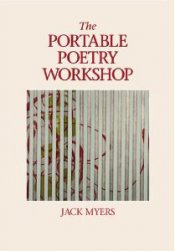
Poet and professor Jack Myers explores the craft of poetry with an instructional guide on what goes into making a poem. The Portable Poetry Workshop offers a thorough look at the elements of good poetry, and offers practical advice about generating material, assembling metaphors, workshopping poems in a group, and more.
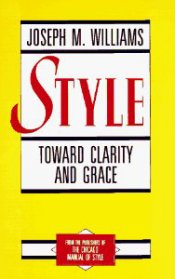
Joseph M. Williams offers a practical guide to improving one’s writing by focusing on the sentence and paragraph levels. Style: Toward Clarity and Grace includes strategies for identifying weak writing and using form as a way to approach revision.

In this comprehensive how-to guide for the genre, Lee Gutkind, founder of Creative Nonfiction magazine, provides insights on writing creative nonfiction--from memoir to literary journalism and everything in between, including chapters on point of view, narrative, research, structure, and more.
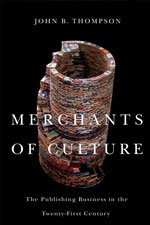
John B. Thompson presents an accessible overview of the book publishing business—from the changes in agenting to the conglomeration of publishing houses to the growth of the retail chains to the digital revolution. This book provides writers with an in-depth understanding of publishing's ecosystem, providing them with the background they need before taking their manuscript to market.
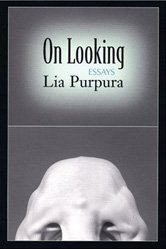
In this collection of essays, poet Lia Purpura explores the act of observation as it relates the to the writer's endeavor. Purpura is an award-winning writer who teaches at the Rainier Writing Workshop MFA program in Tacoma, Washington.

Novelist and essayist Barbara Abercrombie offers a collection of wide-ranging anecdotes, lessons, and prompts for beginning and veteran writers. A Year of Writing Dangerously devotes sections to writerly topics such as “failing better,” mentorship, and keeping faith, and pairs each lesson with a quotation from a famous writer.

This volume of travel writing contains twenty-one pieces pairing well known writers with their favorite exotic locales. Russell Banks writes on the Everglades, Francine Prose explores the secrets of Prague, Robert Hughes takes us on a tour of Italy, and more. The collection also includes practical advice and insider travel tips on the featured locations.

Published in partnership with the New York Public Library and based on an exhibit that originally appeared there, this guide offers a comprehensive but idiosyncratic look at the small press publishing scene in San Francisco and in downtown Manhattan during the 1960s and '70s. It includes a timeline and over two hundred images from one of the richest periods of American writing and publishing.
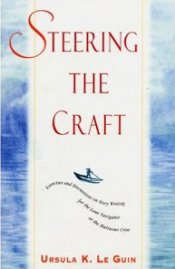
The author of numerous books of fiction, Ursula K. Le Guin offers in this guide advice about crafting stories and presents examples from other master storytellers to illuminate her points.
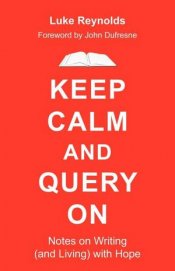
Author Luke Reynolds reflects on forging his own writing life and interviews fourteen other authors—including Jane Smiley, Daniel Handler, Robert Pinsky, George Saunders, Lindsey Collen, and David Wroblewski—about their worst rejections, their first publications, what keeps them motivated, and why they believe in the power of words.
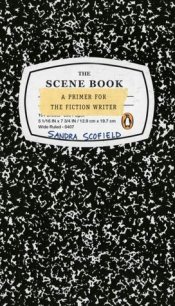
In this practical guide, National Book Award–nominee Sandra Scofield offers straightforward information and exercises designed to help writers write strong scenes in fiction.
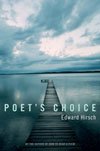
Drawn from poet Ed Hirsch's Washington Post Book World column "Poet's Choice," this collection features classic and contemporary poems with essays by Hirsch about the poems and their various forms.

In this guide to writing a short story, acclaimed fiction writer Ron Carlson, who is also director of the graduate program in fiction at the University of California, Irvine, invites readers to join him in the process of crafting his story "The Governer's Ball."

A witty guide to which words and phrases should not only be avoided, but, as the author puts it, "taken to the language dump to never be heard from again."
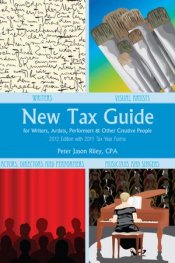
Written by certified public accountant Peter J. Riley, this practical guide—including tips, worksheets, tax forms, and other information—gives writers and artists an overall understanding of the best strategies for collecting data throughout the year in preparation for tax filing.
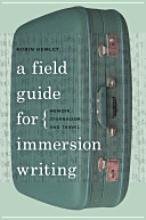
Robin Hemley examines memoir, journalism, and travel writing as categories of immersion writing and further breaks them down—into the quest, the experiment, the investigation, the infiltration, and the reenactment—in order to define the way writers approach their relationship to their subjects. The book includes helpful exercises, as well as addressing the ethics and legalities of writing about other people.
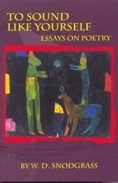
In this collection of essays, Pulitzer Prize–winning author W. D. Snodgrass—who was central to the rise of confessional poetry in the United States during the 1960s—meditates on the importance of voice in a poet's work.

In this collection of essays, fifty-nine women poets offer far-ranging guidance and advice on everything from revision, chapbooks, daily practice, writing conferences, publishing, and writing about the unspeakable. Aimed at emerging and established poets alike, the book is arranged in four themed sections and includes a foreword by poet Molly Peacock.
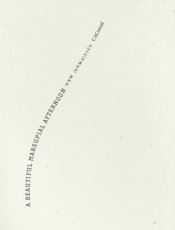
"I cannot stress enough how much this mechanistic world, as it becomes more and more efficient, resulting in ever increasing brutality, has required me to FIND MY BODY to FIND MY PLANET in order to find my poetry," begins CAConrad in this collection of unorthodox writing exercises meant to upset our perception of everyday life. The poet also includes poems that resulted from the writing exercises featured.
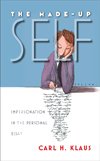
In this book-length study of the personal essay, Carl Klaus unpacks the made-up self and the manifold ways in which a wide range of essayists and essays have brought it to life. By reconceiving the most fundamental aspect of the personal essay—the I of the essayist—Klaus demonstrates that this seemingly uncontrived form of writing is inherently problematic, not willfully devious but bordering upon the world of fiction.

In this compilation of interviews, each prefaced by a biographical introduction, some of America's most prominent working journalists— including Ted Conover, Jon Krakauer, Jane Kramer, Susan Orlean, and Gay Talese—reveal their approaches to composing their best known works.

This anthology of essays, letters, poems, prose, and excerpts of interviews by fifty-seven authors of the 19th century—including Kate Chopin, Emily Dickinson, Ralph Waldo Emerson, Nathaniel Hawthorne, Sarah Orne Jewett, and Walt Whitman—offers insight into what it means to be a writer within the context of history, as well as classic guidance about craft, style, and form.

Originally published in 1934, Pound's book serves as a guide for those interested in honing their critical thinking through reading the classics. The book is based on the premise that to be a good writer one must be a good reader, aware of the traditions out of which the best literature has emerged.